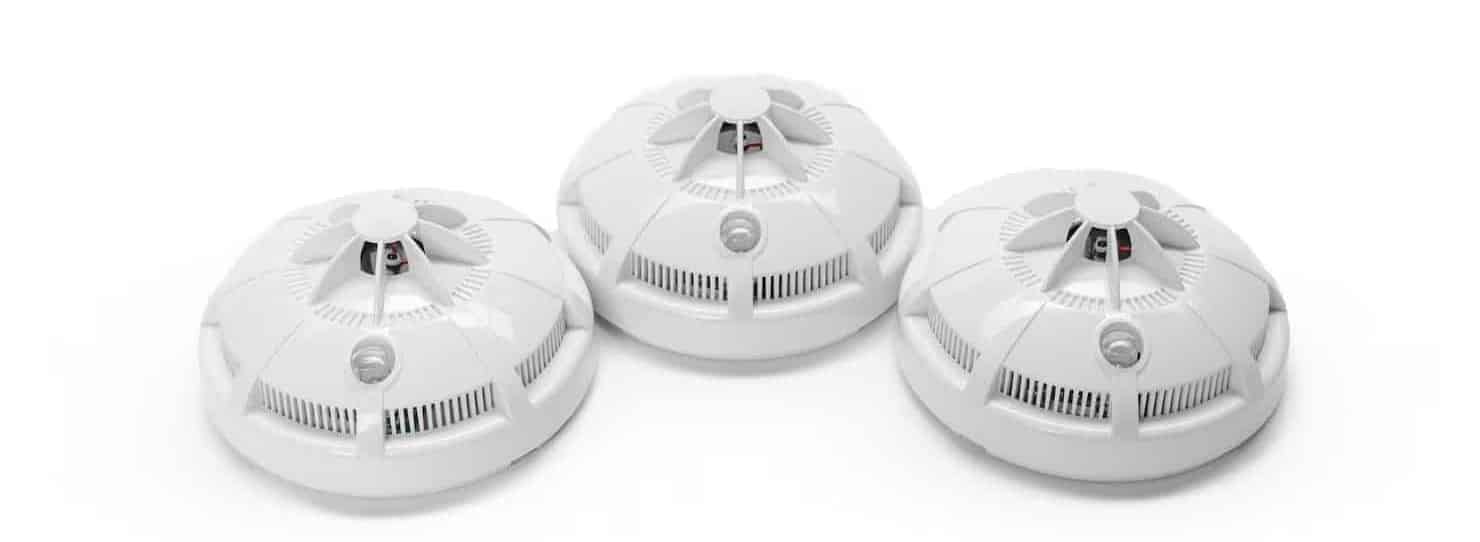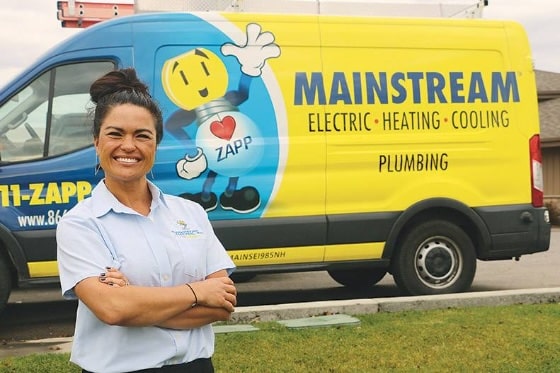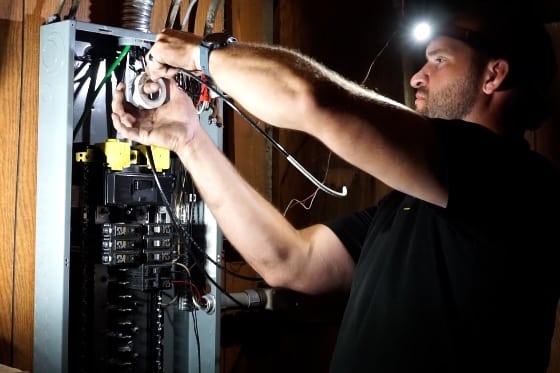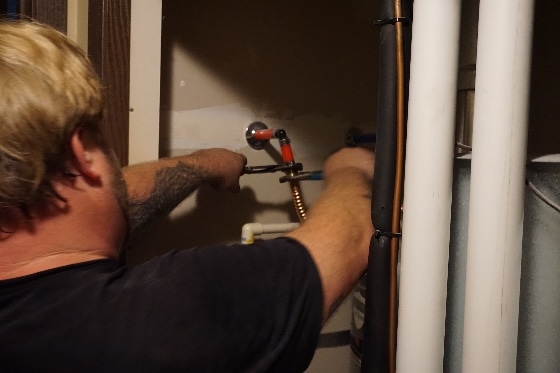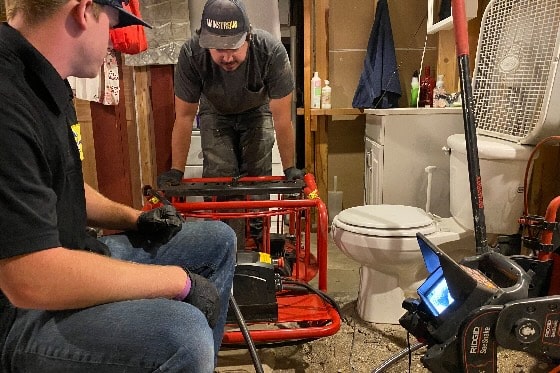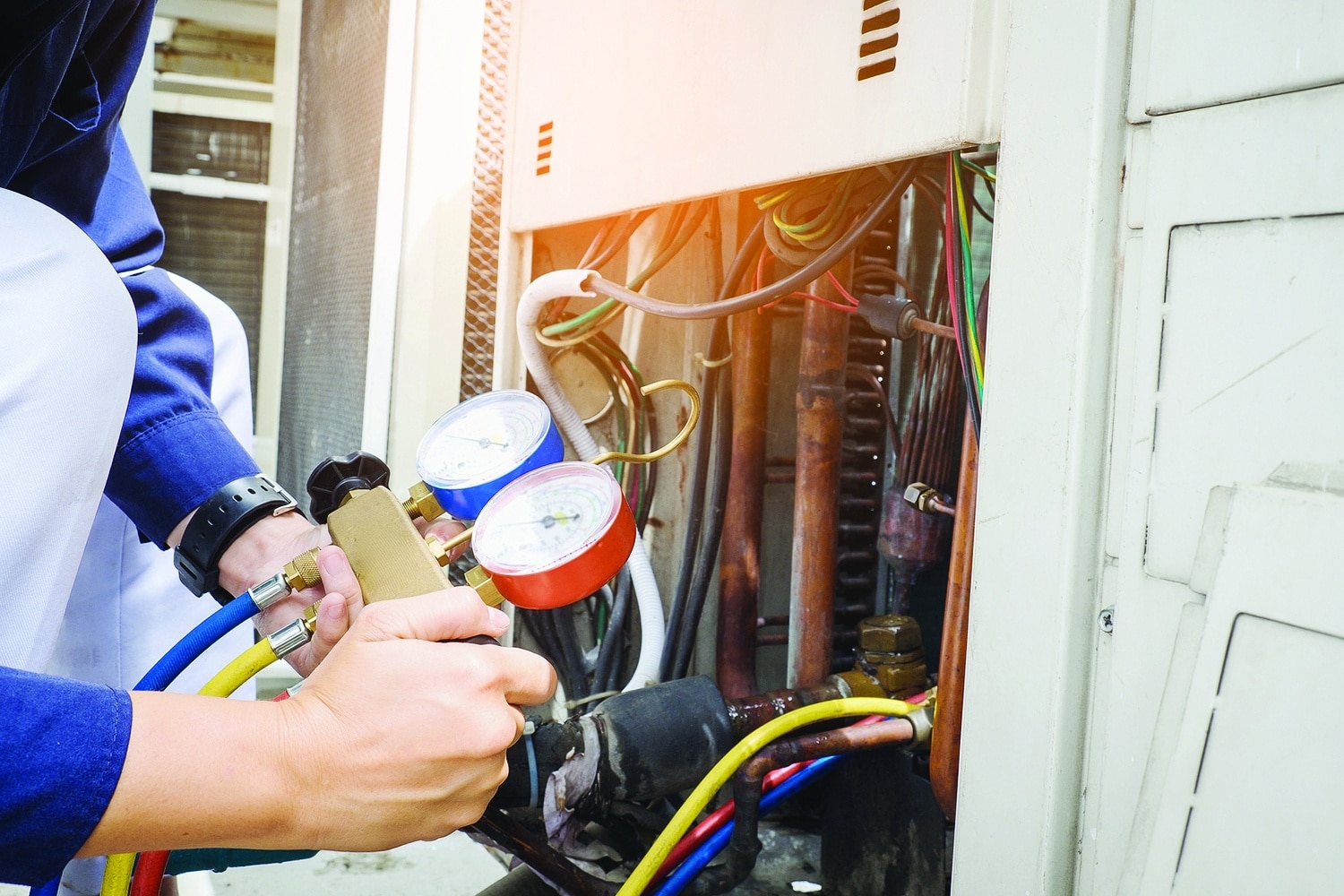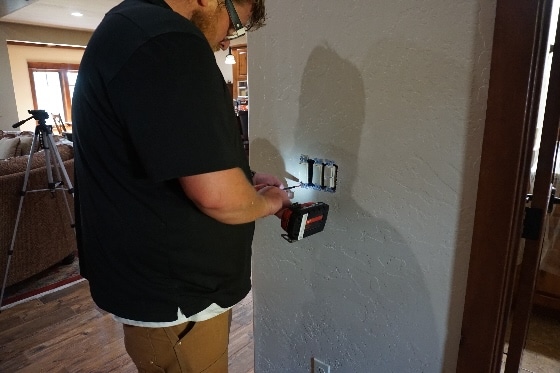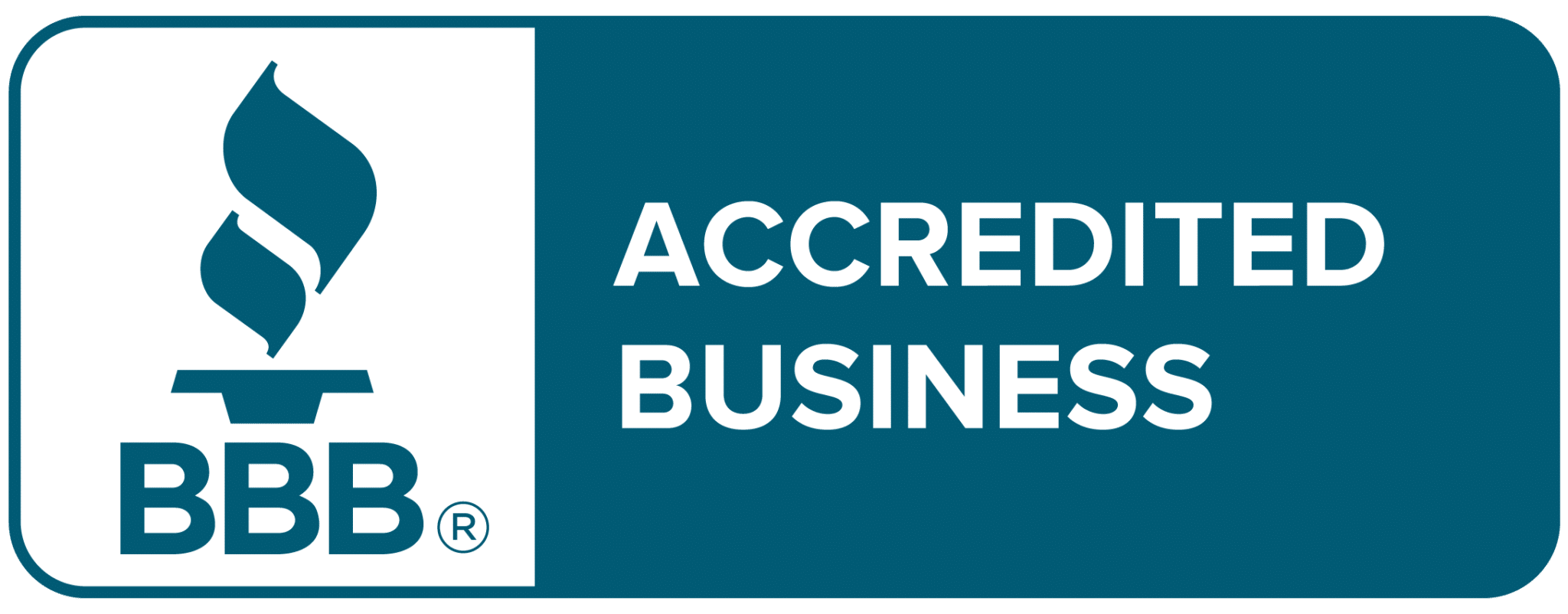Keep Your Home Safe from Carbon Monoxide
The appliances we use in our homes must be maintained properly in order to keep us safe. However, some household appliances can be quite dangerous if they are not maintained correctly. There is a risk that your furnace may begin leaking carbon monoxide if it is not properly maintained, causing you and your pets to become ill.
Carbon monoxide is produced when fuels, such as gas, wood, propane, or charcoal, are burned. If your appliances and engines aren’t well-vented, carbon monoxide gas can build up to dangerous levels. When your space is tightly enclosed, this buildup is exacerbated.
When you’re at home, avoid doing the following to prevent carbon monoxide poisoning:
- Ensure your fireplace or stove is vented before burning anything.
- Use an electric heater instead of a gas oven to heat your house.
- Avoid using generators, pressure washers, or gasoline-powered engines within 20 feet of windows, doors, or vents. Keep the generator at a safe distance with an extension cord that is at least 20 feet long.
- Make sure your furnace is regularly tuned up to avoid leaks. Maintaining your furnace regularly can prevent leaks and other problems.
What is Carbon Monoxide?

Carbon monoxide is a colorless, odorless, tasteless gas. CO poisoning is more likely to occur in the winter when temperatures plummet and home heating systems run continuously. Carbon monoxide fumes can be produced by furnaces, kerosene heaters, vehicles heated in garages, stoves, lanterns, gas stoves, and portable generators.
Spaces that are enclosed or partially enclosed can accumulate CO from these sources. Those who breathe CO in these spaces can be poisoned and die. At least 420 people die every year from accidental CO poisoning in the U.S., and approximately 100,000 people visit emergency rooms every year because of accidental CO poisoning. Taking steps to prevent CO poisoning can help protect you and your family.
The Dangers of Carbon Monoxide
The brain and heart are the most affected by carbon monoxide poisoning. Long-term exposure can cause symptoms similar to the flu without a fever. The following are common symptoms of carbon monoxide poisoning:
- Headaches
- Dizziness
- Weakness
- Nausea
- Vomiting
- Chest pain
- Confusion
Symptoms of CO poisoning may not appear if a person is sleeping or drinking alcohol.
Signs of a Carbon Monoxide Leak
Often called “the silent killer,” carbon monoxide is a highly toxic gas that is ingested into the body over time and can eventually kill the person. As an odorless gas, carbon monoxide poisoning victims are frequently not aware of a leak until it’s too late.
Here are some signs of a carbon monoxide leak:
- Exhaust gas smell
- The pilot light blows out frequently
- Vents in your chimney are clogged with soot
- Stains around your gas appliances that are brownish-yellow
- Flu-like symptoms
- Heavy condensation on windows near appliances
Preventing Carbon Monoxide Leaks
It is important for your home to have at least one carbon monoxide detector on every floor to prevent carbon monoxide poisoning. In addition, battery-operated detectors should be replaced every six months. Keep in mind that plug-in detectors may not go off when there is a leak of carbon monoxide during an outage.
- Follow these recommendations to reduce your family’s exposure to CO.
- Annually service your heating system, water heater, and other gas, oil, and coal-burning appliances.
- Keep portable flameless chemical heaters out of the house.
- An expert should be contacted if you detect an odor from your gas refrigerator.
- Ensure that your gas appliances are properly vented. A horizontal vent pipe for an appliance, such as a water heater, should rise slightly toward the outdoors. A tight fit between joints or pipes prevents CO from leaking.
To avoid any chance of a CO leak, it is best to contact your local experts at Mainstream to ensure the safety and well-being of your family. Get in touch today to prevent any chance of a CO leak.
What to Do if You Suspect a Leak
If you believe you have a CO leak, immediately move outdoors or open a window or door. Make sure all people are accounted for by doing a headcount. Until the emergency responders have arrived and the premises have been aired out, you should not reenter the premises or move away from an open door or window.
Carbon Monoxide Leak Prevention at Mainstream
We understand the importance of being familiar with carbon monoxide leak prevention. At Mainstream, it is our top priority to assist with CO leaks and detection issues. Contact our Spokane furnace experts today to schedule service. You’re in safe hands when you choose Mainstream.
